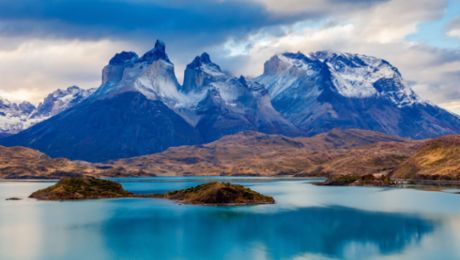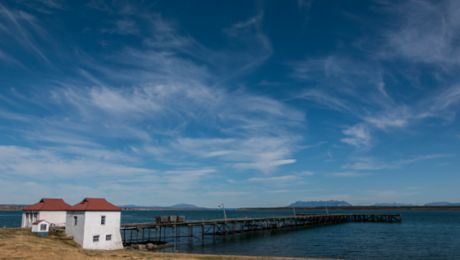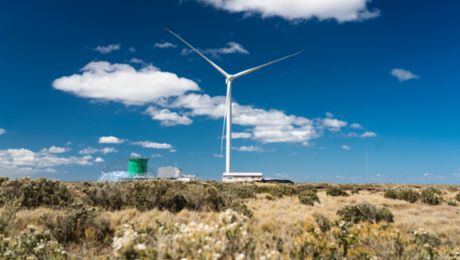Guanaco
A close relative of the more familiar and domesticated llama, the guanaco is one of just two wild species of camelid that is native to South America. One of the largest mammals on the continent, guanacos can reach up to 1.3 metres at the shoulder and can live for close to 30 years. Although predominantly now a protected species, the guanaco’s thick hide was traditionally used to make the soles of shoes, its soft undercoat a highly prized alternative to cashmere.
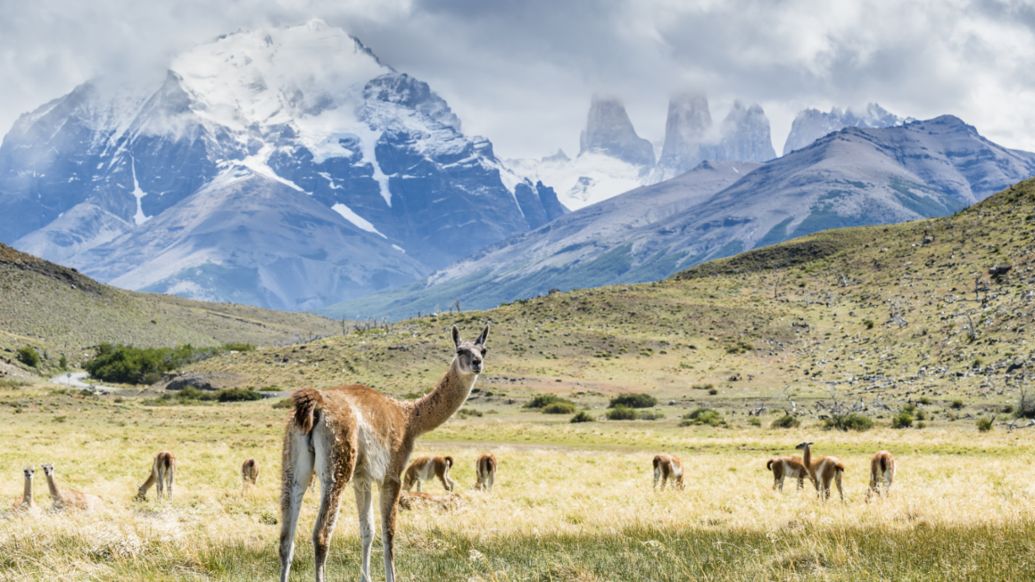
Rhea
A large flightless bird similar to the ostrich and emu, the rhea is native to much of the South American continent. Darwin’s Rhea, however, is unique to Patagonia, where this smaller species thrives amid the wide-open shrub and grasslands. A popular source of protein for centuries, the plume of the rhea was also used to make feather dusters.
Despite being a long way from home, a wild population of migrant rheas is currently flourishing in Germany following a series of escapes from an exotic meat farm in the 1990s. Local government has since undertaken an urgent and not entirely successful programme of population control.
Flamingo
One of the larger of six known species of flamingo found around the world, the Chilean Flamingo is distinguished by its grey legs with pink joints and a predominantly black bill. These bills are equipped with a comb-like membrane that allows the birds to filter food such as plankton and algae from the estuaries and salt lakes it inhabits. Both male and female flamingos can produce milk from their crop to feed their young. Due to their diet, this milk is crimson in colour.
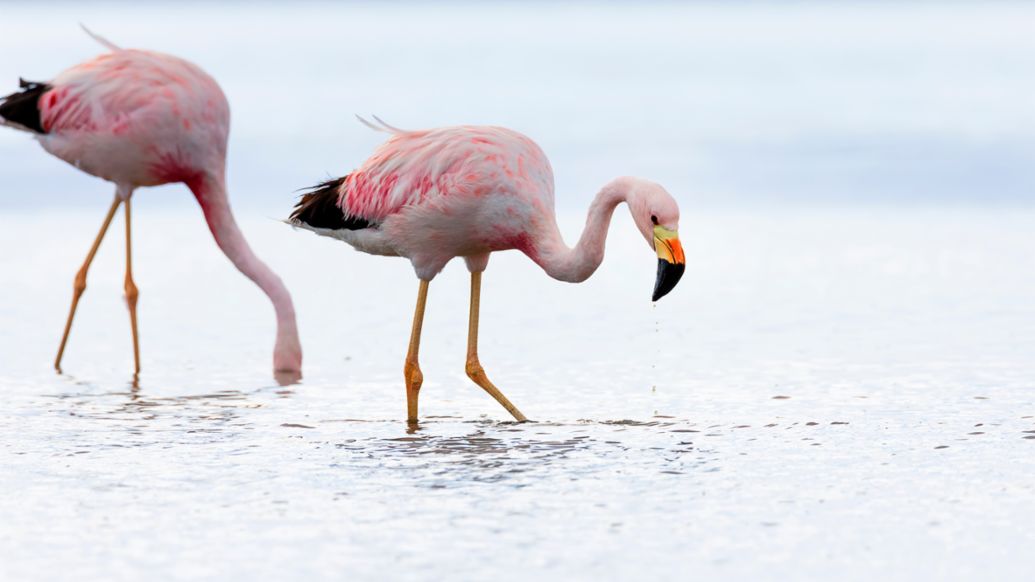
Puma
Also referred to as the Andean Mountain Lion and the South American Cougar, pumas are native to great swathes of Argentina and Chile. They have a varied diet depending on location, with birds and primates swapped further south for guanaco and its related vicuña. Even domestic animals such as goats, alpacas and llamas are frequently on the menu.
Of great cultural significance to Patagonia’s indigenous peoples, the puma is both worshipped and feared, regarded as a snatcher of souls and also a protector of ancient tribes. While not common sights, do keep an eye out for these special creatures.
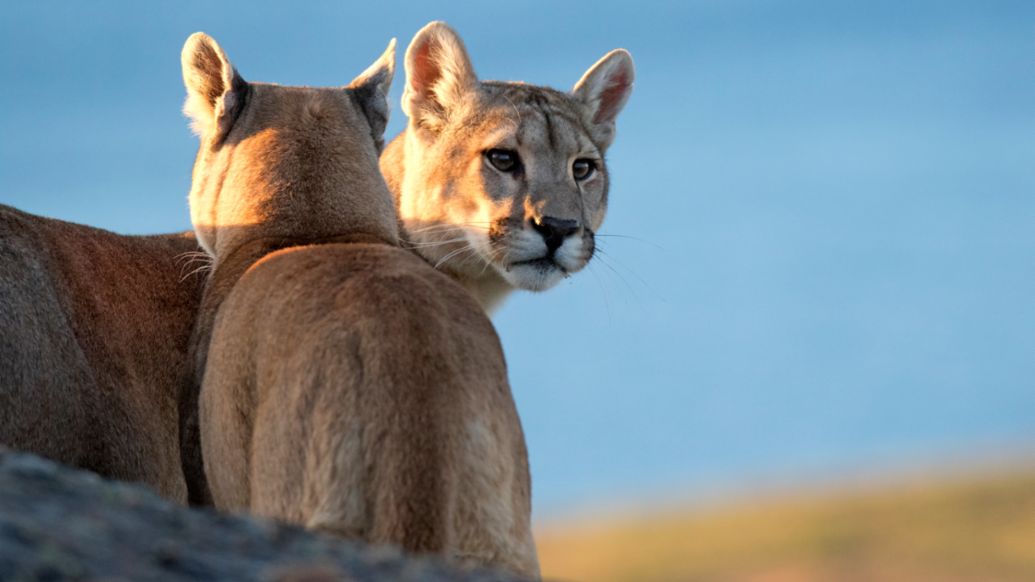
Black-necked swan
Found across Chile and Argentina and as far afield as the Falkland Islands, the black-necked swan is the largest waterfowl in South America and the only member of the swan family that breeds here. This breeding takes place almost exclusively in Patagonia during its more temperate winter, when freshwater marshes and lagoons ring out to a ‘whee-whee-whee’ sound designed to warn off intruders.
Condor
The largest flying bird in the world, the Andean Condor has a maximum wingspan of 3.3 metres and can weigh upwards of 15 kilograms. Easily distinguished by its ruff of white neck feathers on an otherwise black body, the condor nests at elevations of up to 5,000 m and can live for more than 50 years. Favouring larger carrion as its prey, condors can be sighted over Patagonia’s large meadows, looking for deer or even cattle. The national bird of Chile, the condor is considered a symbol of power and health and is a regular fixture on banknotes and stamps.

